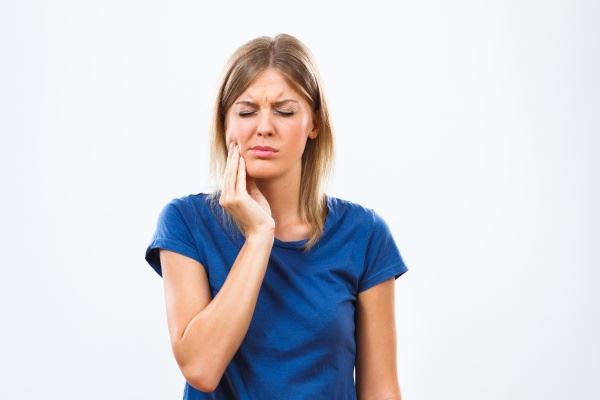What is TMD Pain?
TMD, or temporomandibular joint disorder, is a condition that affects many adult patients. The temporomandibular joint connects your lower jaw to your skull. When this joint is worn or experiences damage, it can lead to a pain disorder known as TMD, also referred to as TMJ syndrome.
What Are the Causes of TMD?
The cause of TMD can vary by patient, and the exact reason for the condition is hard to pinpoint since it can be due to a combination of underlying factors. Some of the potential causes include:
- Injury to the teeth
- Teeth grinding and clenching (known medically as bruxism)
- Arthritis
- Stress
- Poor posture
Do you know how to look out for the signs of TMD?
What Are the Symptoms of TMD?
Jaw pain
One of the most prominent signs of TMD is persistent pain in the jaw hinge. This radiating pain can be brought on by eating, chewing or doing anything that causes the jaw to move (even speaking). Many patients report noticing their TMD worsen when chewing gum, for example.
Jaw clicking
TMD sufferers may hear a clicking or popping noise emanating from the temporomandibular joint when moving the jaw. This is due to the joint slipping in and out of place or bone grating against worn cartilage.
Ear pain
The jaw muscles are closely connected to the upper neck muscles and ligaments. When these muscles are strained, usually by knots in the upper back, they can cause TMD. Conversely, TMD joint pain can extend all the way into the sensitive bone and nerves in the ear. What might feel like an earache could actually be the joint pain from TMD. This pain sometimes comes in combination with a dull headache.
Lockjaw
TMD is a generally manageable condition, but when lockjaw happens, it becomes a more serious problem that interferes with everyday life. Limited jaw movement occurs when the jaw joint is worn out and locks up as a result. The muscles around the joint can seize up, constricting the jaw. Relaxation techniques and warm compresses can loosen up the jaw and combat inflammation.
How to Treat TMD
TMD varies by person, so keep in mind that you might not experience all these symptoms. Most patients who have TMD are able to control it with over-the-counter anti-inflammatory drugs such as ibuprofen. Massaging the jaw muscles can help with movement.
Avoid chewing gum and learn how to manage your stress to bring TMD symptoms to a minimum. Gentle stretches of the neck and jaw muscles can help strengthen jaw muscles and alleviate strain. Try to eat soft foods, and apply cold compresses in succession with warm compresses to the area.
When at-home treatments do not work, a trip to the dentist is your next best course of action. Recognizing TMD in yourself based on the above symptoms can save you a great deal of pain and suffering. Make sure to treat TMD the moment you recognize signs.
Let's Get Started
Request an appointment or call Integrated Dental Care at (610) 600-9745 for an appointment in our Exton office.


